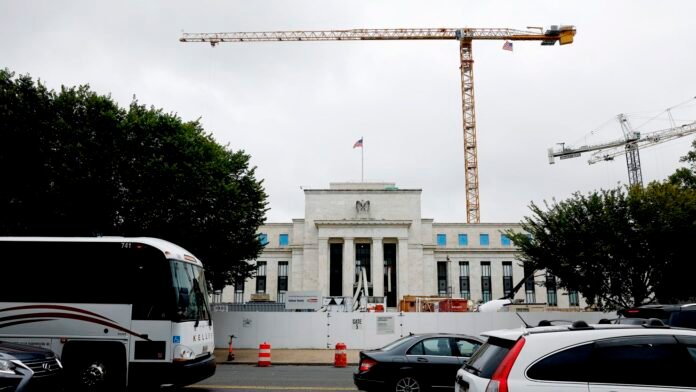The Federal Reserve faces intense scrutiny over its headquarters renovation project after costs surged to $2.5 billion. Critics, including Trump allies, demand an investigation into potential waste and mismanagement tied to the ongoing construction.
Astronomers and engineers working on the project highlight the complexity of the renovation. They point to underground challenges and strict federal requirements as major cost drivers. The US Federal Reserve renovation, originally estimated at $1.9 billion, has now grown more than 30% over the past two years.
Office of Management and Budget Director Russell Vought criticized the project, calling it an “ostentatious overhaul.” He cited rooftop gardens, VIP dining rooms, and luxury elevators as examples of wasteful spending. Federal Housing Finance Agency Director Bill Pulte added that Congress should investigate further.
Fed Chair Jerome Powell defended the project, saying the gardens are functional green roofs and elevators will improve accessibility. He emphasized the need for upgrades, noting the building’s outdated systems and safety issues.
The US Federal Reserve renovation involves restoring the Marriner S. Eccles Building and the adjacent East Building. Teams are removing asbestos, replacing antiquated mechanical systems, and converting underground garages into office spaces. These efforts require deep excavation beneath the existing structure.
High water tables and unstable soil near the Tidal Basin add significant complexity. Builders had to use specialized foundation techniques, including micropiles, to support the historic buildings during excavation. These challenges mirror issues seen in other major DC projects.
Delays also arose from design changes imposed during the first Trump administration. Officials demanded more classical architectural elements, such as additional marble, aligning with a federal push for traditional styles. Oversight boards further slowed approvals with lengthy reviews.
Fortus, a joint venture between Arcadis and Quinn Evans, manages the renovation. Arcadis brings expertise in engineering and water resilience, while Quinn Evans specializes in historic restoration. Together, they tackle the demanding work of updating the nearly century-old structures.
Analysts warn the controversy could affect public trust in the Fed. They stress the importance of transparent project management to avoid eroding confidence among stakeholders. The outcome of any investigation may also influence Powell’s leadership and the central bank’s independence.
Despite challenges, Powell insists the renovation remains essential for employee safety and operational efficiency. He acknowledged that undertaking such a project during his term was difficult but necessary.
For more business updates, visit DC Brief.


